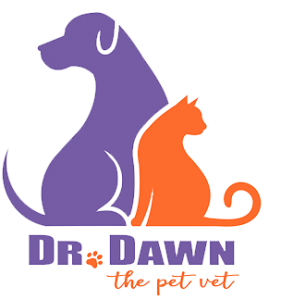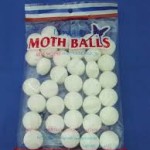I wrote a blog in March 2014 about the sugar substitute Xylitol, and its risks to dogs. Depending on the dose, they may develop a range of ills, from mild hypoglycemia to liver failure, and possibly death. There are a range of products that contain it, and not all are foods. Many were listed in the original blog, but there are more that I will call attention to here. Most concerning is that at least five companies have been adding it to their peanut butters and other nut butters. It is typically marketed in health food stores, because it is a naturally occurring alcohol in plants. It is safe for people. The problem is that dogs not only love it, but it is a common treat for dogs, and is often used to make pills palatable and given with medication. I do it, and I recommend it.
The known brands that contain it are: Go Nuts, Hank’s Protein Plus Peanut Butter, Krush Nutrition, Nuts ‘n More, and P28.
Xylitol poisonings in dogs appear to be on the rise. The number of reports to the ASPCA Animal Poison Control Center has more than doubled since 2007. The companies have been approached in hopes of them including warning labels for consumption in dogs, but the labels aren’t yet in the marketplace. One company has a drop down info disclosure on its site, which is a step in the right direction. But if you are like me, you typically read that stuff after bad things happen, not before.
Because it is in many foods or children’s vitamins, etc that could easily result in accidental exposure, it is best to be aware and act quickly and accordingly if you suspect ingestion.
Another important way to monitor is to realize that xylitol also appears in ingredient lists under other names. Look for any ingredient that includes the letters “xyl”.
Examples of such synonyms include:
1,4-anhydro-d-xylitol
anhydroxylitol
birch bark extract
birch sugar
d-xylitol
zylite
zylitylglucoside
zylatol
The products that contain it range from gum to toothpaste to baked goods and beyond. As noted, many medications and vitamins (some Vit B12 brands) contain it. I recently realized that children’s allegra contains it, as well as some fish oil brands (Barlean’s), and some types of melatonin.
Beyond its use as a sweetener, xylitol acts as a humectant, which is something that helps retain or preserve moisture in a product. Thus, it often appears in non-food products such as shampoos and lotions. Typically it is in minute concentrations, and very large quantities need to be consumed before toxicity occurs. Often, but not always, the other ingredients might cause vomiting before the poisoning has a chance to occur. Still, some examples:
Dr. Brown’s pacifier and bottle wipes
Laura Mercier tinted moisturizer
Lorac Natural performance foundation
Neutrogena Fast Absorbing hand cream
Zegerid heartburn medication
Astroglide personal lubricant
Dermoscent ATOP 7 Shampoo. This last one is a dog shampoo designed to reduce itching redness and skin dryness.
So, it you realize your dog has ingested something that you know contains xylitol, contact your veterinarian or poison control center as soon as you suspect it. I won’t include toxic doses, because it is safer to avoid all the products and err on the side of caution.
Dr. Dawn
Please share and subscribe here








